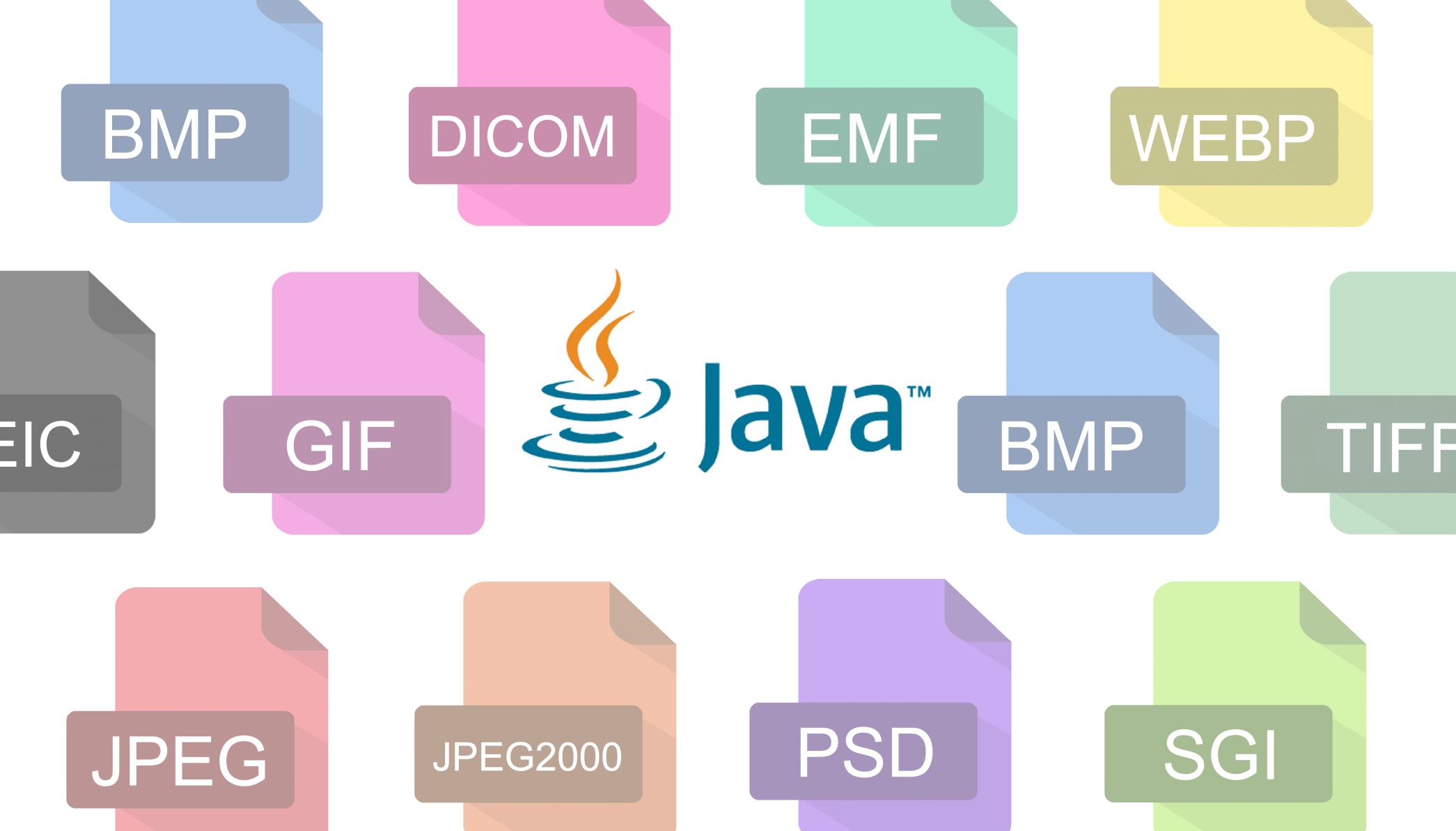In this article I will introduce you to Java Image processing, explain why Java is a good fit and introduce our JDeli image processing library.
What is Image processing?
Image processing is the action of altering an image using an algorithm. Often this involves a kernel matrix. Image processing operations are frequently used to improve picture quality or expose details as well as just for fun.
Why use Java for Image processing?
Reason 1 ImageIO, plugins and third-party libraries such as JDeli allow Java to read and write a very wide range of Image file formats
Reason 2 Java provides a simple abstract BufferedImage class but also deep level access to pixels, rasters, colorspaces if needed
Reason 3 Graphics2D, kernels and Affine TranformOp allow a very wide range of operations to be applied to an Image.
Reason 4 Java is cross-platform, robust and well supported
Why use JDeli for Java Image processing?
JDeli simplifies image processing in Java and offers the following benefits:
- prevent heap related JVM crashes
- large selection of predefined Image processing operations
- custom() operation makes it easy to define new operations
- support for additional image formats such as Heic
- reduce output file size
- improve read/write performance
- create smaller files
- control over output
- support threading
- superior image scaling algorithms
Are there any other tutorials showing how to use JDeli to process images?
- How to resize images in Java
- Image Rotation in Java
- Image Scaling in Java
- Image Scaling options in Java
Are you a Java Developer working with Image files?
// Read an image
BufferedImage bufferedImage = JDeli.read(dicomImageFile);// Read an image
BufferedImage bufferedImage = JDeli.read(heicImageFile);
// Write an image
JDeli.write(bufferedImage, "heic", outputStreamOrFile);// Read an image
BufferedImage bufferedImage = JDeli.read(jpegImageFile);
// Write an image
JDeli.write(bufferedImage, "jpeg", outputStreamOrFile);
// Read an image
BufferedImage bufferedImage = JDeli.read(jpeg2000ImageFile);
// Write an image
JDeli.write(bufferedImage, "jpx", outputStreamOrFile);
// Write an image
JDeli.write(bufferedImage, "pdf", outputStreamOrFile);
// Read an image
BufferedImage bufferedImage = JDeli.read(pngImageFile);
// Write an image
JDeli.write(bufferedImage, "png", outputStreamOrFile);
// Read an image
BufferedImage bufferedImage = JDeli.read(tiffImageFile);
// Write an image
JDeli.write(bufferedImage, "tiff", outputStreamOrFile);
// Read an image
BufferedImage bufferedImage = JDeli.read(webpImageFile);
// Write an image
JDeli.write(bufferedImage, "webp", outputStreamOrFile);
Why do developers choose JDeli over free alternatives?
- Works with newer image formats such as AVIF, HEIC, JPEG XL, WEBP
- Better support than alternatives for JPEG, PNG, TIFF.
- Prevent JVM crashes caused by native code in other image libraries
- Better performance than other popular Java image libraries
